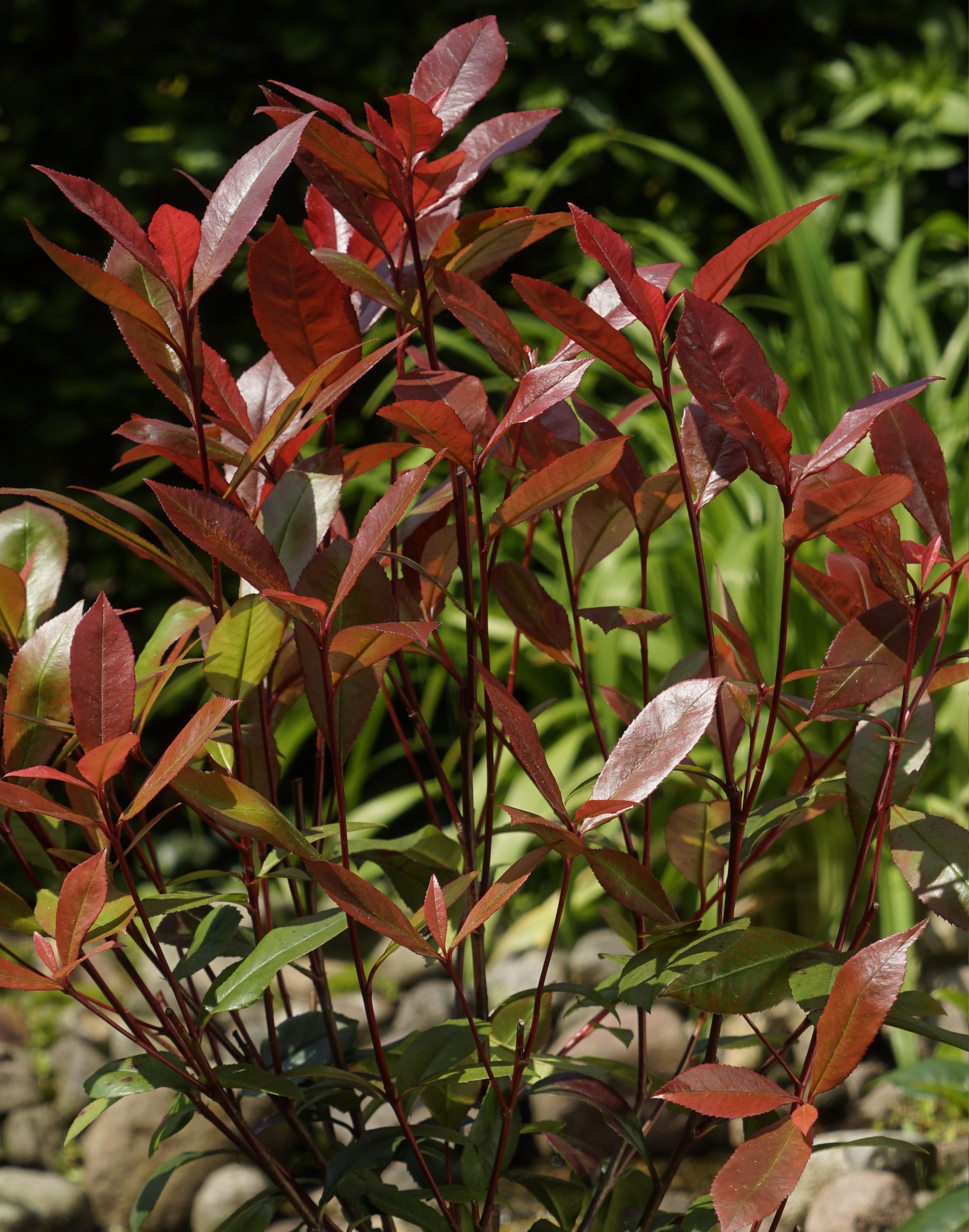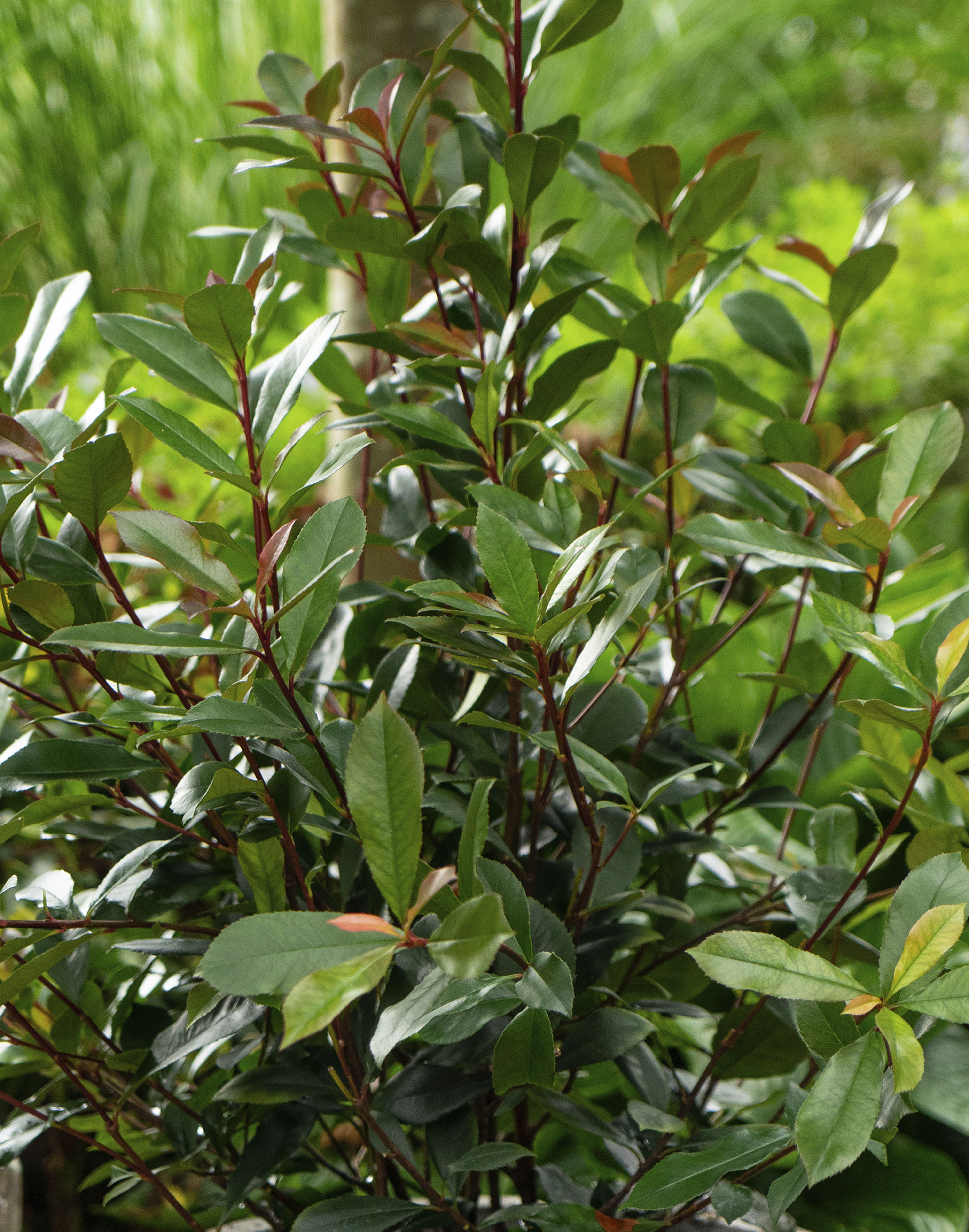Name und Kontaktdaten des für die Verarbeitung Verantwortlichen sowie des betrieblichen Datenschutzbeauftragten
Diese Datenschutz-Information gilt für die Datenverarbeitung durch:
Verantwortlicher:
Herr Manfred Behrens
Wittkuhlenstr. 5b
26160 Bad Zwischenahn
Deutschland
Tel: 04403 / 71580
Fax: 04403-71619
E-Mail: info@behrens-jungpflanzen.de
Datenschutz
Die Nutzung unserer Website ist in der Regel ohne Angabe personenbezogener Daten möglich. Soweit auf unseren Seiten personenbezogene Daten (beispielsweise Name, Anschrift oder E-Mail-Adressen) erhoben werden, erfolgt dies, soweit möglich, stets auf freiwilliger Basis. Diese Daten werden ohne Ihre ausdrückliche Zustimmung nicht an Dritte weitergegeben.
Cookies
Cookies sind kleine Textdateien, die Ihr Browser auf Ihrem Gerät in einem dafür vorgesehenen Verzeichnis ablegt. Durch diese Cookies kann z.B. festgestellt werden, ob Sie eine Webseite schon einmal besucht haben.
Die meisten Browser akzeptieren Cookies automatisch. Sie können Ihren Browser allerdings so einstellen, dass keine Cookies gespeichert werden oder vor dem Speichern eines Cookies eine explizite Zustimmung erforderlich ist. Außerdem können Sie bereits gesetzte Cookies jederzeit löschen. Bitte beachten Sie, dass das Deaktivieren von Cookies ggf. zu Einschränkungen bei der Nutzung unserer Webseite führen kann. Cookies werden entweder temporär im Arbeitsspeicher abgelegt oder permanent auf der Festplatte gespeichert („Session Cookie“ oder „permanenter Cookie“). Session Cookies verfallen beim Schließen des Internet Browser automatisch. Durch das Setzen von Cookies werden den Nutzern anonyme User-IDs zugeteilt, aber keinesfalls Programme auf dem Computer des Nutzers ausgeführt oder gar Computer-Viren übertragen.
Sie haben durch die Einstellung Ihres Internet-Browser-Programms die freie Wahl, ob Sie Cookies akzeptieren wollen, beim Setzen eines Cookies jeweils informiert zu werden oder aber alle Cookies abzulehnen. Wir weisen jedoch darauf hin, dass die Nutzung unseres Angebots bei einer Ablehnung von Cookies nur eingeschränkt möglich ist.
Server-Log-Files
Der Provider der Seiten erhebt und speichert automatisch Informationen in so genannten Server-Log Files, die Ihr Browser automatisch an uns übermittelt. Dies sind:
Browsertyp und Browserversion
verwendetes Betriebssystem
Referrer URL
Hostname des zugreifenden Rechners
Uhrzeit der Serveranfrage
Diese Daten sind nicht bestimmten Personen zuordenbar. Eine Zusammenführung dieser Daten mit anderen Datenquellen wird nicht vorgenommen. Wir behalten uns vor, diese Daten nachträglich zu prüfen, wenn uns konkrete Anhaltspunkte für eine rechtswidrige Nutzung bekannt werden.
Google AdSense
Dieses Angebot benutzt Google AdSense, einen Dienst zum Einbinden von Werbeanzeigen der Google Inc. ("Google"). Google AdSense verwendet sog. "Cookies", Textdateien, die auf dem Computer der Nutzer gespeichert werden und die eine Analyse der Benutzung der Website ermöglicht. Google AdSense verwendet auch so genannte Web Beacons (unsichtbare Grafiken). Durch diese Web Beacons können Informationen wie der Besucherverkehr auf den Seiten dieses Angebots ausgewertet werden.
Die durch Cookies und Web Beacons erzeugten Informationen über die Benutzung dieser Website (einschließlich der IP-Adresse der Nutzer) und Auslieferung von Werbeformaten werden an einen Server von Google in den USA übertragen und dort gespeichert. Diese Informationen können von Google an Vertragspartner von Google weiter gegeben werden. Google wird Ihre IP-Adresse jedoch nicht mit anderen von Ihnen gespeicherten Daten zusammenführen.
Die Nutzer können die Installation der Cookies durch eine entsprechende Einstellung Ihrer Browser Software verhindern; der Anbieter weist die Nutzer jedoch darauf hin, dass sie in diesem Fall gegebenenfalls nicht sämtliche Funktionen dieses Angebotes voll umfänglich nutzen können. Durch die Nutzung dieser Website erklären die Nutzer sich mit der Bearbeitung der über sie erhobenen Daten durch Google in der zuvor beschriebenen Art und Weise und zu dem zuvor benannten Zweck einverstanden.
Google Schriftarten
Diese Seite nutzt zur Darstellung eingebundene Schriftarten von Google. Beim Aufrufen der Seite werden diese Schriftarten. Dabei wird Ihre IP-Adresse samt der Seite (Internetadresse), die Sie besucht haben, an einen Server der Firma Google übertragen. Weitere Informationen dazu finden Sie in der Datenschutzerklärung von Google unter https://www.google.com/policies/privacy/
Google Maps
Auf dieser Website verwenden wir Google Maps von Google Inc., 1600 Amphitheatre Parkway, Mountain View, CA 94043, USA ("Google"). Durch die Nutzung dieser Webseite erklären Sie sich mit der Erfassung, Bearbeitung und Nutzung der möglicherweise automatisiert erhobenen Daten durch Google und dessen Vertretern einverstanden. Nutzungsbedingungen von Google Maps. Zusätzliche Informationen finden Sie in den Datenschutzbestimmungen von Google.
SSL-Verschlüsselung
Diese Seite nutzt aus Gründen der Sicherheit und zum Schutz der Übertragung vertraulicher Inhalte, wie zum Beispiel der Anfragen, die Sie an uns als Seitenbetreiber senden, eine SSL-Verschlüsselung. Eine verschlüsselte Verbindung erkennen Sie daran, dass die Adresszeile des Browsers von "http://" auf "https://" wechselt und an dem Schloss-Symbol in Ihrer Browserzeile. Wenn die SSL Verschlüsselung aktiviert ist, können die Daten, die Sie an uns übermitteln, nicht von Dritten mitgelesen werden.
Facebook-Plugins (Like-Button)
Auf unseren Seiten sind Plugins des sozialen Netzwerks Facebook, Anbieter Facebook Inc., 1 Hacker Way, Menlo Park, California 94025, USA, integriert. Die Facebook-Plugins erkennen Sie an dem Facebook-Logo oder dem "Like-Button" ("Gefällt mir") auf unserer Seite. Eine Übersicht über die Facebook-Plugins finden Sie hier: https://developers.facebook.com/docs/plugins/.
Wenn Sie unsere Seiten besuchen, wird über das Plugin eine direkte Verbindung zwischen Ihrem Browser und dem Facebook-Server hergestellt. Facebook erhält dadurch die Information, dass Sie mit Ihrer IP-Adresse unsere Seite besucht haben. Wenn Sie den Facebook "Like-Button" anklicken während Sie in Ihrem Facebook-Account eingeloggt sind, können Sie die Inhalte unserer Seiten auf Ihrem Facebook-Profil verlinken. Dadurch kann Facebook den Besuch unserer Seiten Ihrem Benutzerkonto zuordnen. Wir weisen darauf hin, dass wir als Anbieter der Seiten keine Kenntnis vom Inhalt der übermittelten Daten sowie deren Nutzung durch Facebook erhalten. Weitere Informationen hierzu finden Sie in der Datenschutzerklärung von Facebook unter https://de-de.facebook.com/policy.php.
Wenn Sie nicht wünschen, dass Facebook den Besuch unserer Seiten Ihrem Facebook-Nutzerkonto zuordnen kann, loggen Sie sich bitte aus Ihrem Facebook-Benutzerkonto aus.
Kontakt, Daten und Dienstleister
Wenn Sie uns eine E-Mail senden, erheben, speichern und verarbeiten wir Ihre Daten nur, soweit dies für die Abwicklung Ihrer Anfragen und für die Korrespondenz mit Ihnen erforderlich ist. Zur personifizierten Anrede erheben wir die folgenden Daten: Anrede, Vorname, Nachname, Telefonnummer und Ihre E-Mail-Adresse. Wir weisen darauf hin, dass die Datenübertragung per E-Mail Sicherheitslücken aufweisen kann. Ein lückenloser Schutz der Daten vor dem Zugriff durch Dritte ist nicht möglich.
Wir verwenden insbesondere personenbezogene Daten, soweit dies zur Vertragsbegründung und Vertragsausgestaltung, Leistungserbringung oder Abrechnung (Nutzungsdaten) erforderlich ist. Die Informationen, die wir von Ihnen bekommen, werden von uns für die Abwicklung von Angeboten, Bestellungen, die Lieferung von Waren und das Erbringen von Dienstleistungen sowie die Abwicklung der Zahlung verwendet. Wir verwenden Ihre Informationen zusätzlich, um mit Ihnen Bestellungen, Produkte und Dienstleistungen zu besprechen, unsere Datensätze zu aktualisieren und Ihr Kundenkonto bei uns zu unterhalten und zu pflegen und Ihnen Produkte oder Dienstleistungen zu empfehlen, die Sie interessieren könnten. Bei unseren Kundenkonten sind dabei Daten hinterlegt wie zum Beispiel: Vorname, Nachname, Telefonnummer und E-Mail-Adresse, Firmenname, Straße sowie Hausnummer, Postleitzahl, Stadt und gegebenenfalls das Land des Firmensitzes.
Wir nutzen Ihre Informationen zusätzlich um Dritten die Durchführung technischer, logistischer oder anderer Dienstleistungen in unserem Auftrag zu ermöglichen. Diese Dienstleister haben Zugang zu personenbezogenen Daten, die zur Erfüllung ihrer Aufgaben benötigt werden. Sie dürfen diese jedoch nicht zu anderen Zwecken verwenden. Darüber hinaus sind sie verpflichtet, diese personenbezogenen Daten gemäß dieser Datenschutzerklärung sowie den deutschen Datenschutzgesetzen zu behandeln.
Sie haben das Recht, jederzeit kostenlos Auskunft über die von uns gespeicherten Daten zu erhalten, unrichtige Daten korrigieren zu lassen und die Löschung oder Sperrung Ihrer personenbezogenen Daten zu verlangen.
Recht auf Auskunft, Löschung, Sperrung
Sie haben jederzeit das Recht auf unentgeltliche Auskunft über Ihre gespeicherten personenbezogenen Daten, deren Herkunft und Empfänger und den Zweck der Datenverarbeitung sowie ein Recht auf Berichtigung, Sperrung oder Löschung dieser Daten. Hierzu sowie zu weiteren Fragen zum Thema personenbezogene Daten können Sie sich jederzeit unter der im Impressum angegebenen Adresse an uns wenden.




